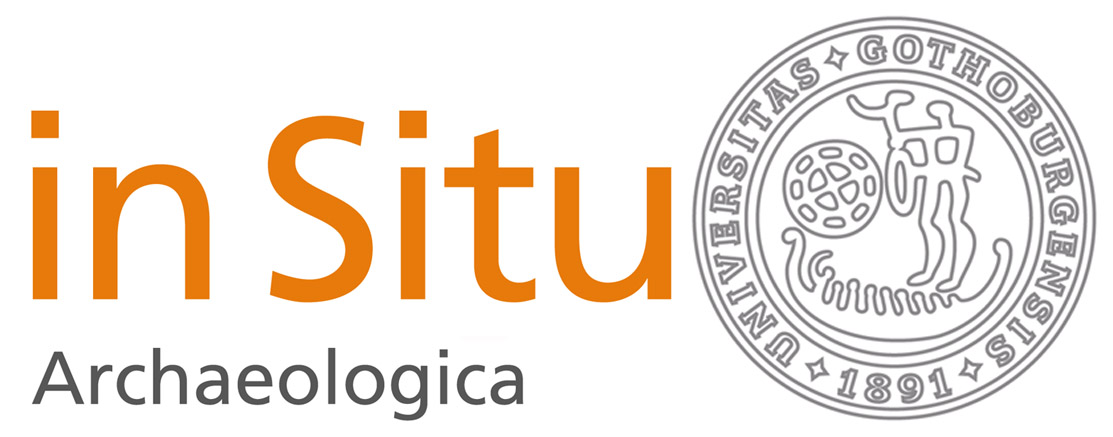Agrarian Storytellers
Pollen and Charred Plant Macrofossils of Ancient Field Layers
DOI:
https://doi.org/10.58323/insi.v14.9514Abstract
This paper offers a descriptive overview and main trends of pollen and macrofossil data obtained from 19 archaeological sites in Rogaland, SW Norway, excavated between 1998 and 2018. The dataset covers the period from late Neolithic until the Middle Ages. Pros and cons of the two botanical methods are discussed, concluding that there are clear advantages in joint application as there are significant differences in their statement value. Pollen and charred plant macrofossils function as complementary variables as they represent different biological stages of the same plant species, and because of differences in dispersal mechanisms and preservation in aerobic soils. The greater possibility to identify macrofossils of cereals and weeds to species and sub-species level is a strong advantage. By including pollen analysis, one achieves a higher total biodiversity, and by that the reflection of a wider environmental spectrum giving room for the inclusion of new issues in archaeological research.
Nedladdningar
Downloads
Publicerad
Referera så här
Nummer
Sektion
Licens
Copyright (c) 2020 Christin Eldegard Jensen

Det här verket är licensierad under en Creative Commons Erkännande 3.0 Internationell licens.
Författare som bidrar till In Situ Archaeologica har givit sitt medgivande att publicera sina artiklar under en Creative Commons-licens. Den ger tredje part vissa rättigheter till att nyttja materialet. Rättigheterna styrs av vilken licens verket är publierad under. Det åligger tredje part att sätta sig in i verkets creative common licens innan materialet används i eget syfte. Det är alltid författaren som har copyright till verket och allt nyttjande av tredje part förutsätter att ett tydligt erkännande ges till verkets upphovsperson, att en länk till licensen tillhandahålls.



